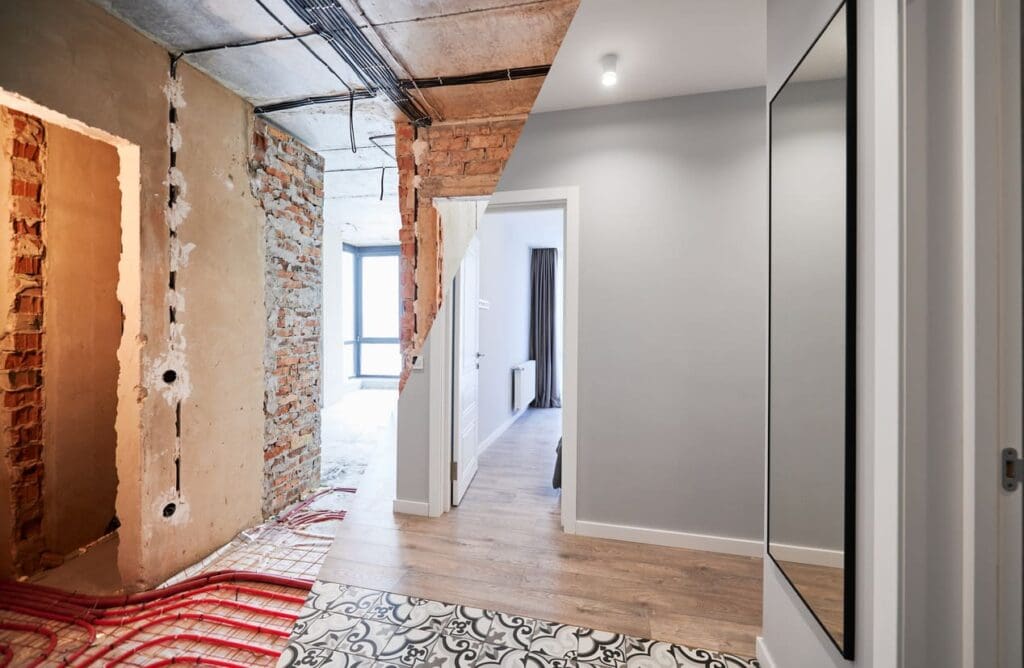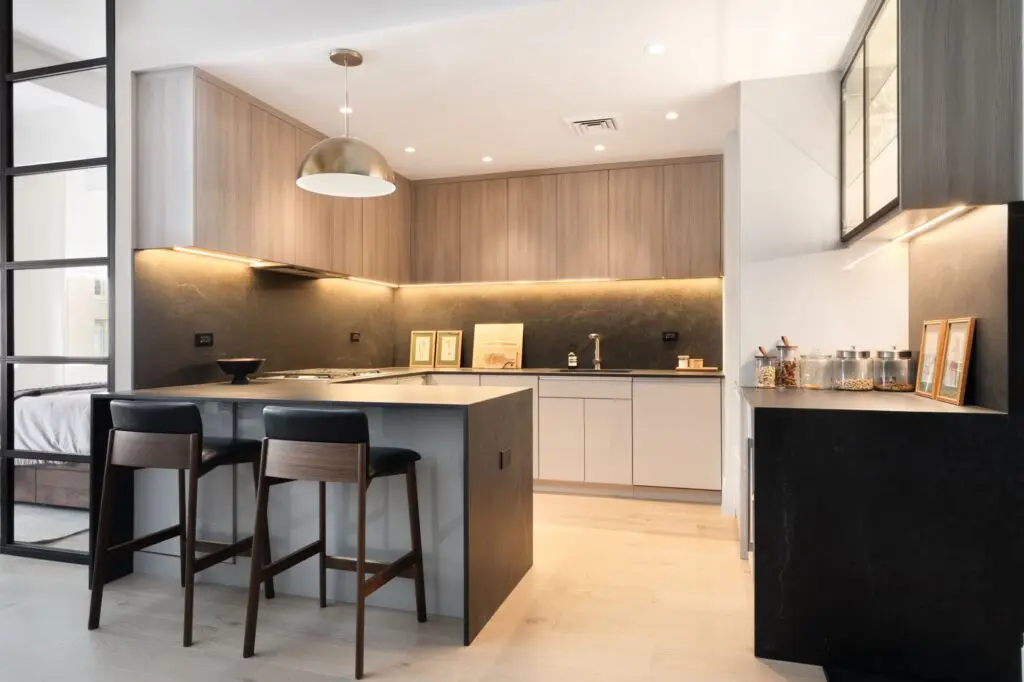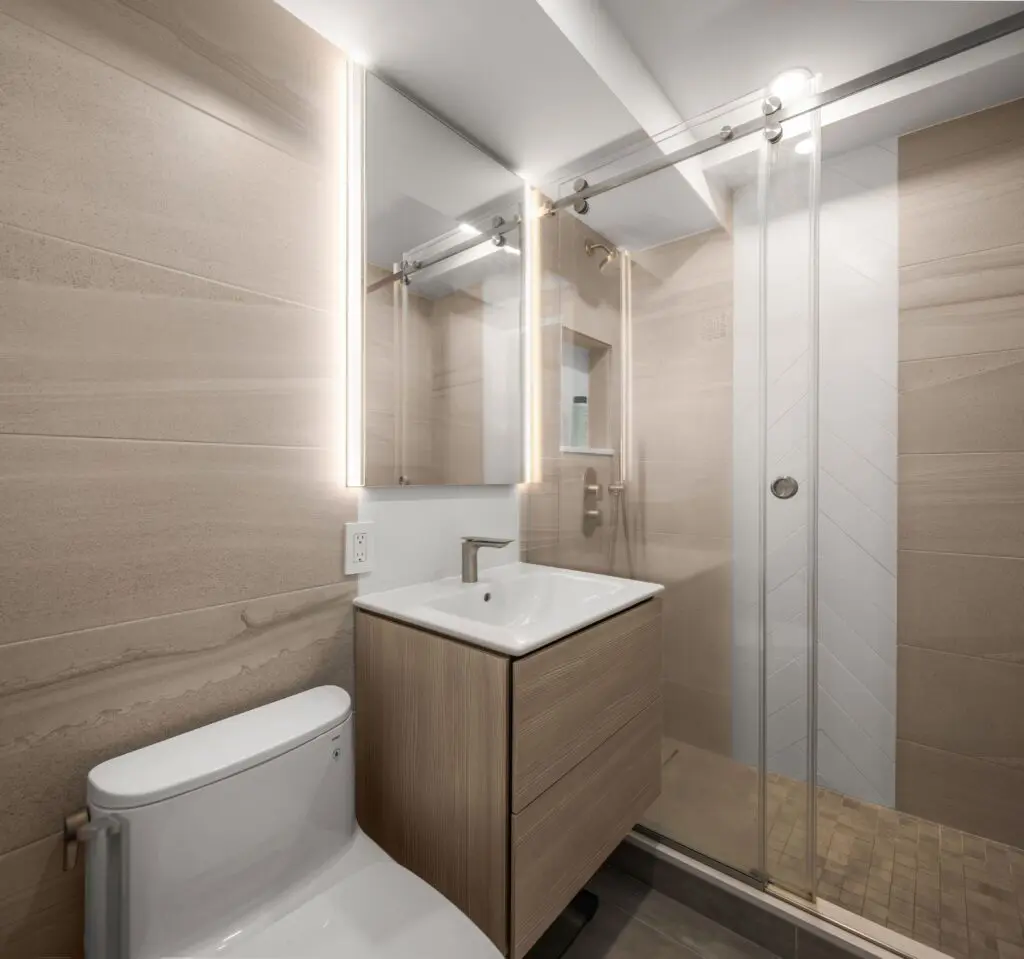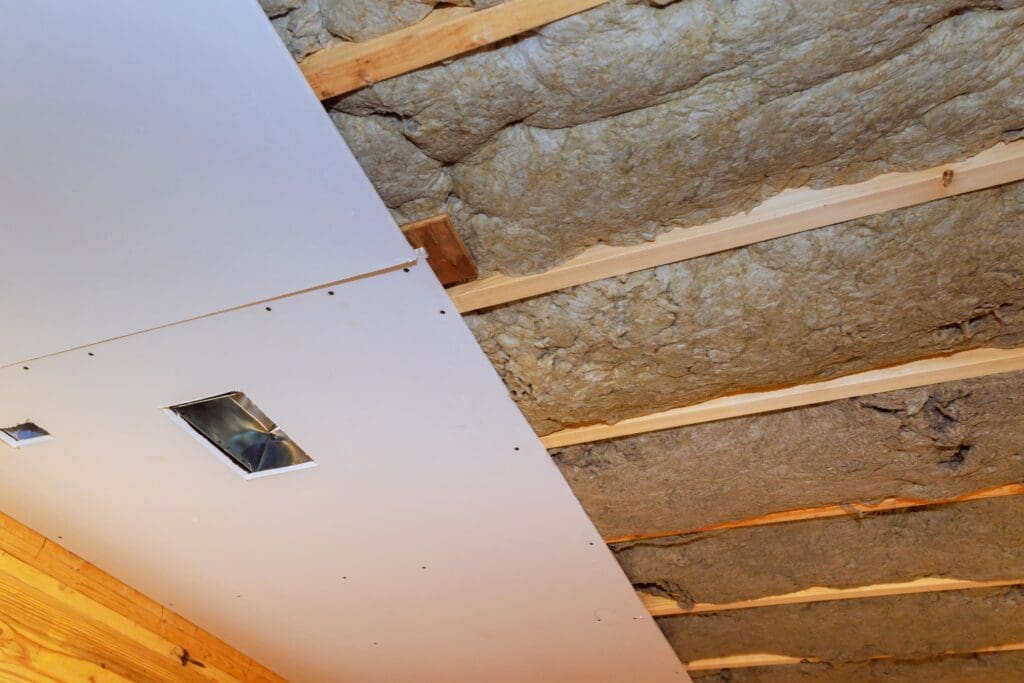Renovating a property in New York City presents homeowners with various options. Among these, gut renovation stands out as a thorough and transformative choice. It’s not just about aesthetics; it’s a complete reimagining of the space. Before diving into home renovation, it’s essential to weigh the pros and cons of gut renovations against other methods. This guide offers a detailed comparison to help homeowners navigate their decisions effectively.


What is Gut Renovation?
Gut renovation is the process of completely stripping a space down to its structural components. This involves demolishing walls, removing flooring, and upgrading plumbing and electrical systems. Homeowners often choose this route when they want a fresh start, allowing for a complete reconfiguration of the entire layout.
Pros of Gut Renovation
- CustomizationOne major benefit is the high level of customization. For instance, homeowners can design their kitchens with the latest appliances and open layouts that suit their lifestyle. In a well-executed gut renovation, the entire space can reflect the owner’s vision.
- Structural ImprovementsGut renovations provide an opportunity to address hidden issues. For example, upgrading to modern plumbing can prevent costly leaks down the line. Homeowners can also reinforce the structure, ensuring safety and durability.
- ModernizationBy renovating from scratch, homeowners can incorporate cutting-edge features. Consider the shift towards energy-efficient appliances—using them can lower energy bills by up to 30%. Smart home technology can increase convenience and security, appealing to tech-savvy buyers.
- Increased Property ValueA thoughtfully designed gut renovation can significantly raise a property’s market value. Studies show that extensive renovations can yield returns of around 70%-80% on investment when selling. This makes it a wise choice for those planning to sell in the future.


Cons of Gut Renovation
- High CostsOne of the downsides is the expense. Gut renovations frequently cost between $100 to $300 per square foot in NYC. This significant investment may not be feasible for all homeowners.
- Time-ConsumingThese projects are rarely quick. A gut renovation may take six months or longer, depending on the scope of work. Homeowners should be ready to adapt to a disrupted living situation during this period.
- Complexity of Approval ProcessNavigating the NYC permit and approval process can be lengthy. Homeowners might face delays that extend timelines and increase costs. Understanding local regulations is crucial to avoid setbacks.
- Risk of OvercapitalizationThere’s a chance that renovation costs could exceed the market value of the home. For instance, if a property in a less desirable area has a market cap of $600,000 and the renovation costs $800,000, homeowners could find themselves losing money.


Types of Other Renovations
While gut renovations are significant undertakings, many alternative types of renovations may better serve different needs. Below are popular options in NYC, each with pros and cons.
1. Cosmetic Renovation
A cosmetic renovation involves updates that enhance appearance without altering the structure. This can include painting walls, changing fixtures, and updating flooring while maintaining the existing layout.
Pros
- Lower Costs: Typically, cosmetic renovations range from $15,000 to $50,000, making them accessible to more homeowners.
- Quick Turnaround: Many cosmetic changes can be completed in a few weeks, allowing swift enjoyment of the new space.
- Less Disruption: Homeowners can often stay in their homes during cosmetic work, minimizing inconvenience.
Cons
- Limited Customization: These changes may not meet the needs of homeowners seeking significant alterations.
- Surface-Level Issues: Cosmetic upgrades can mask underlying problems that continue to exist, leading to potential issues later.
2. Partial Renovation
Partial renovations focus on specific areas of a home, such as kitchens or bathrooms, while leaving other spaces untouched.
Pros
- Targeted Upgrades: Homeowners can modernize high-traffic areas without significant disruptions elsewhere.
- Cost Control: By focusing on certain sections, budget management becomes easier compared to a full gut renovation.
- Increased Value: Renovating kitchens and bathrooms can often yield a high return on investment, sometimes exceeding 90%.
Cons
- Inconsistent Aesthetics: New features may clash with older areas, resulting in a visual mismatch.
- Possibility of Future Work: Homeowners may end up having to redo parts of the home in future renovations, leading to added costs.
3. Restoration
Restoration focuses on preserving the historical features of a property while making it functional for modern needs.
Pros
- Preserving Character: This approach retains unique, historical architecture, appealing to buyers who value charm and character.
- Tax Benefits: Potential tax credits may be available for restoring historic properties, offering financial incentives.
Cons
- Restrictive Regulations: There may be strict guidelines on how a historic building can be altered, limiting design choices.
- Cost of Authentic Materials: Acquiring original materials and skilled craftsmen can significantly increase expenses.


Final Thoughts
As the NYC real estate market remains competitive, knowing the various types of renovation options can influence a homeowner’s investment. Gut renovations provide an extensive level of customization and modernization but come with higher costs and lengthy processes. Alternatives like cosmetic, partial renovations, or restorations offer faster, often more economical solutions, albeit with their own limitations.
Ultimately, the decision depends on individual homeowner needs, preferences, and budgets. Consulting professional contractors can help tailor recommendations for each project, ensuring that renovations align with both market trends and personal satisfaction.
With proper planning and clear goals, homeowners can transform their spaces, boost property value, and enjoy their beautifully renovated homes for years to come.
Ready to elevate your home?
Schedule your complimentary design consultation with NYKB today and let our experts help bring your vision to life.

